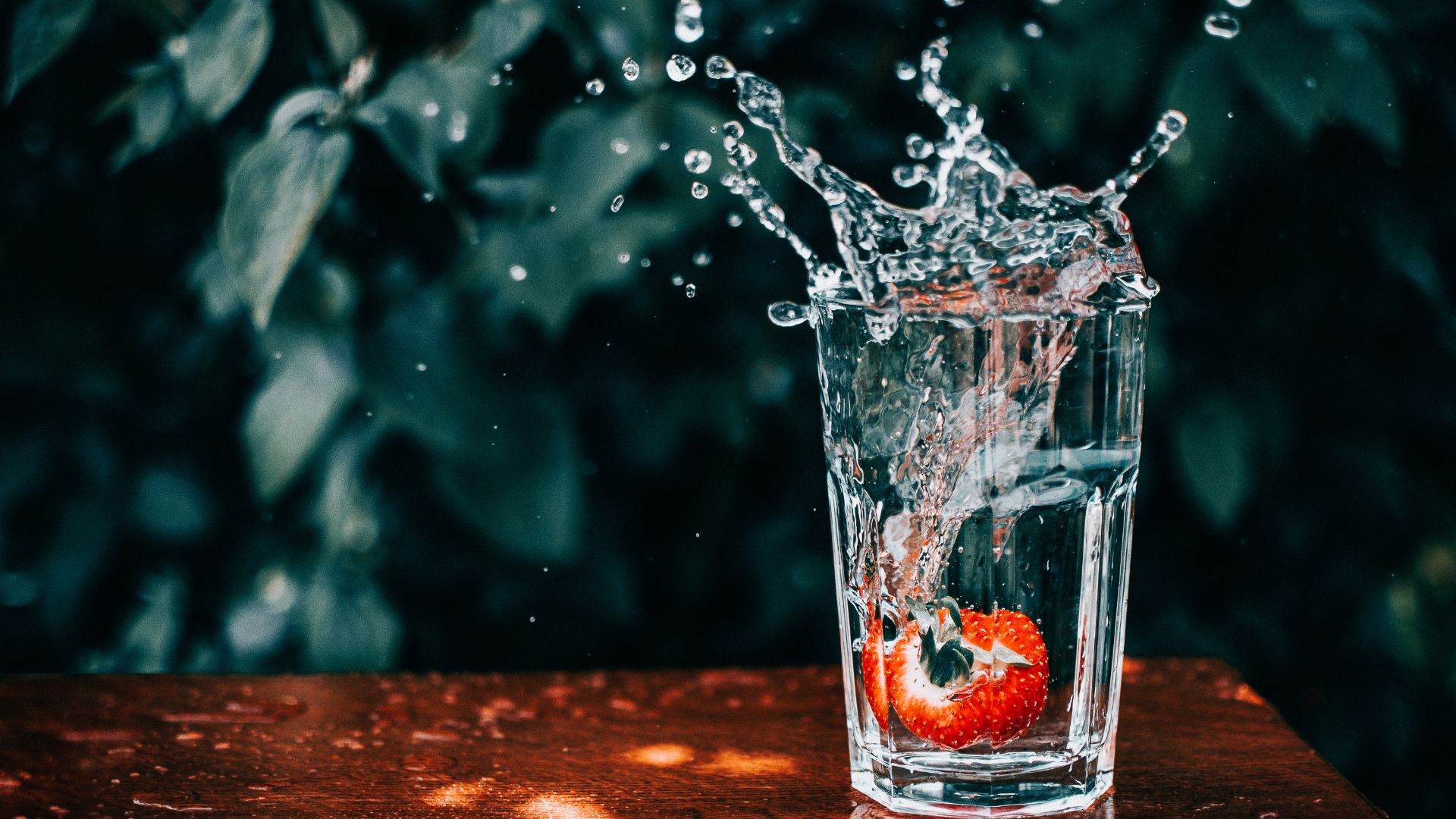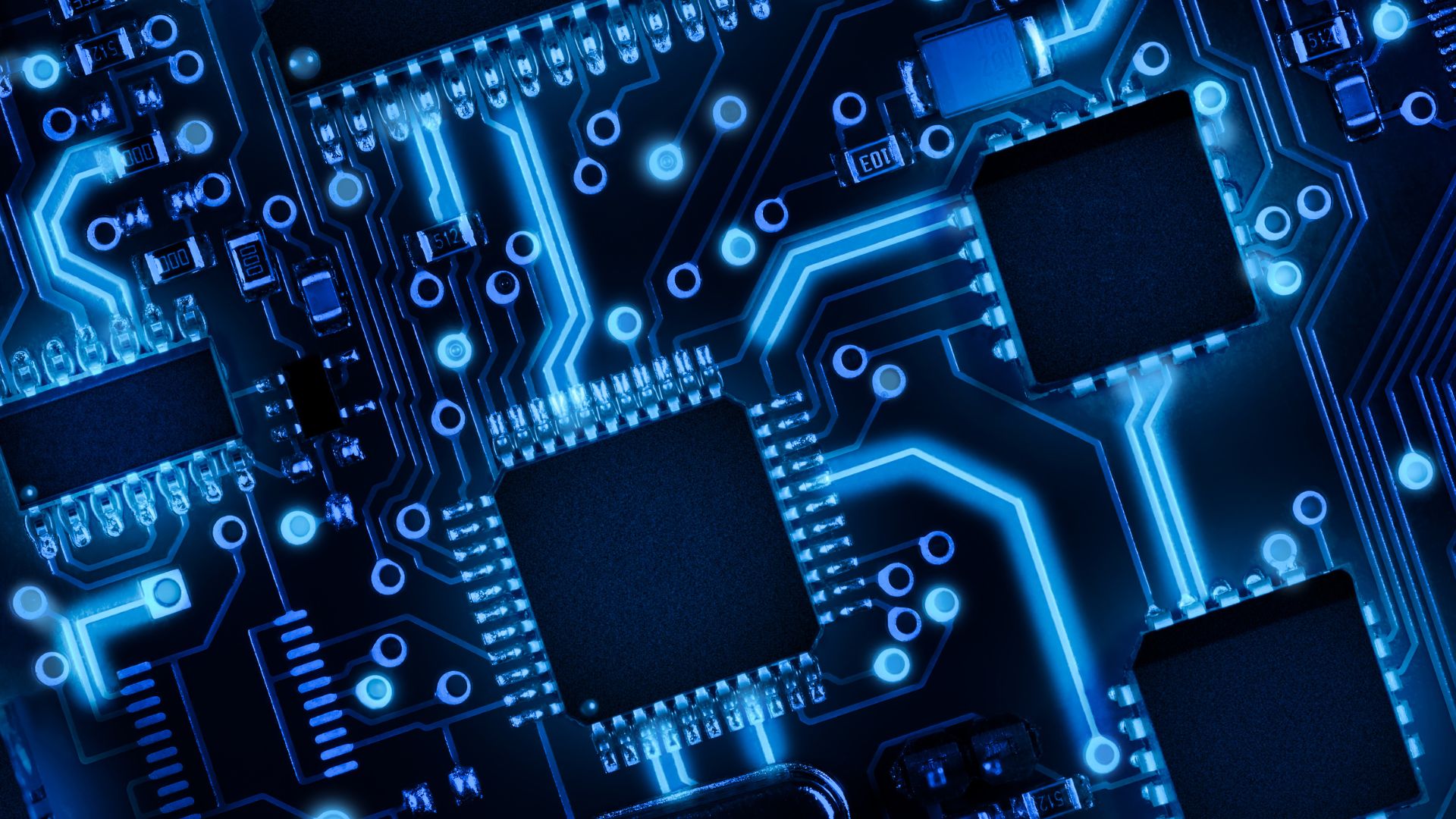Why read this?
AI innovation isn't just about patents—trade secrets and enforcement strategies matter, too. This article will explain how South Korean companies can protect proprietary AI models, algorithms, and datasets while drawing on global best practices and local legal nuances.
As South Korea accelerates its ambition to become a global AI powerhouse—having invested over KRW 1.44 trillion (~USD 1.06 billion) in AI R&D, infrastructure, and workforce development in 2024 as part of its Digital New Deal—companies must increasingly ask how to innovate and protect their innovations in 2025. With proprietary algorithms, deep learning models, and training datasets becoming central to competitiveness, traditional IP tools like patents may not be enough.
Therefore, it becomes crucial for South Korean AI developers, startups, and conglomerates to consider a hybrid IP protection strategy. This strategy must balance patents' transparency with trade secrets' confidentiality, while ensuring enforceability across global markets.
Patent vs. Trade Secret: Making the Right Call in Korea's AI Industry
The decision between patenting an AI innovation or protecting it as a trade secret is not simple. It requires strategic thinking about the asset’s nature, business goals, and legal environment. This strategic decision-making process underscores the importance of your role in protecting your company’s innovations.
When to Patent
In South Korea, patents offer robust protection for software-related inventions, provided they meet specific technical criteria. The Korean Intellectual Property Office (KIPO) has published specific guidelines for AI-related patent applications. In particular:
- The invention must use AI or improve the AI model itself.
- The claims must demonstrate a technical effect or a tangible improvement over existing methods.
.
When to Use Trade Secrets
On the other hand, many AI-related assets are better protected as trade secrets, especially when:
- They are challenging to reverse-engineer (e.g., training data curation methods).
- They derive value from being unknown to competitors (e.g., algorithmic trading strategies).
- Speed to market is more important than publication (standard in startup ecosystems).
In Korea, the Unfair Competition Prevention and Trade Secret Protection Act (UCPA) offers legal protection for trade secrets if the owner takes reasonable measures to keep the information confidential.
Notably, Naver’s CLOVA AI model and Kakao Brain’s datasets—both critical assets in Korea’s AI race—are protected not just by patent portfolios but also by strict internal policies, access controls, and legal safeguards.
Preventing AI Knowledge Leaks: Building a Fortress Around Your Innovation
Trade secret protection is only as strong as the internal processes supporting it. Therefore, South Korean firms must invest in legal safeguards and organizational hygiene to mitigate the risk of leaks.
1. Use NDAs and Employment Agreements
All employees, vendors, and partners should sign Non-Disclosure Agreements (NDAs) with explicit clauses on data ownership, post-employment obligations, and consequences of breach. According to Korea’s Ministry of SMEs and Startups, over 65% of trade secret disputes stem from internal leakage.
2. Segment and Monitor Access
Only a limited group of authorized individuals should have access to key data repositories or AI models. Many leading Korean AI companies use zero-trust security models and detailed audit trails to monitor interactions with sensitive files.
3. Cybersecurity is Non-Negotiable
In 2023, a fintech suffered a leak of proprietary fraud-detection AI models due to poor cloud security. The government issued new AI-specific data governance guidelines emphasizing encryption, two-factor authentication, and anomaly detection systems.
4. Consider Trade Secret Certification
The Korean Intellectual Property Protection Agency (KOIPA) offers trade secret certification, which allows companies to prove ownership and legally protect against wrongful use. Startups aiming to establish IP value for fundraising are increasingly using this service.
Global AI Patent Disputes: What Korean Firms Should Learn for Protecting AI Innovation
Looking beyond borders, South Korean companies can learn from how AI patent enforcement plays out globally.
The DABUS Precedent
The global rejection of patent rights for AI-generated inventions (as seen in the DABUS case across the U.S., EU, and Korea) highlights a critical legal boundary: Under current law, only humans can be inventors. Korean companies must ensure clear attribution of inventorship in filings, even if AI systems contribute significantly to the work.
Patent Wars in Generative AI
In 2023, OpenAI, Stability AI, and Google DeepMind were all involved in patent-related controversies. These disputes mainly centered around model architecture overlaps and dataset use. Korean AI companies planning to expand globally must watch such cases closely to understand how courts handle novelty, inventorship, and infringement in AI contexts.
Enforcing AI Patents Abroad: A Primer for Korean Innovators
South Korean companies looking to monetize AI innovation globally must think about how to defend their patents in other jurisdictions.
United States
The USPTO allows AI-related patents if they demonstrate a specific application or technical benefit. However, enforcement can be complex under the Alice/Mayo test, which filters out abstract ideas.
Tip: Collaborate with U.S.-based counsel early to draft claims in a way that survives Section 101 rejections.
European Union
The EPO is AI-friendly but mandates a technical character in claims. Patent protection is powerful in robotics, predictive analytics, and computer vision, where many Korean firms are active.
Example: Hyundai Mobis recently expanded its AI patent family in the EU to cover autonomous vehicle algorithms.
China
China leads in the volume of AI patent filings and has begun enforcing these patents more stringently. Korean firms operating in China must localize their enforcement strategy, often involving early mediation and administrative action via CNIPA.
Best Practice: File utility model patents alongside invention patents for dual-layer protection in China.
Final Thoughts: What South Korean Firms Must Do Now
In conclusion, protecting AI innovation requires more than filing a few patents. South Korean firms must:
- Evaluate each asset strategically—is it better to patent or keep it secret?
- Implement airtight internal controls to prevent leaks.
- Keep up with global legal trends and enforcement cases.
- Proactively monitor infringers, especially in overseas markets.
South Korea's leadership in AI will depend on how fast companies innovate and how wisely they protect and enforce what they build.
Talk to One of Our Experts
Get in touch today to find out about how Evalueserve can help you improve your processes, making you better, faster and more efficient.


